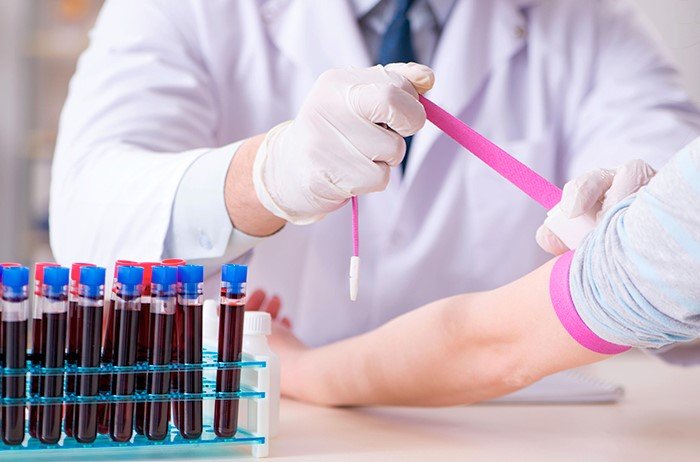Innovations in Critical Care Nursing: Updating Hospital Supply and Equipment Management Systems
Summary
- Hospital supply and equipment management systems are being updated to support the innovations in critical care nursing in the United States.
- New technologies are being implemented to streamline the Supply Chain process and ensure that critical care nurses have access to the necessary equipment and supplies.
- Adapting to the changing needs of critical care nursing is crucial for hospitals to provide the best possible patient care.
Hospital supply and equipment management have always been essential components of healthcare delivery. Ensuring that hospitals have the necessary supplies and equipment to provide quality care to patients is crucial for the success of any healthcare facility. In recent years, there have been significant advancements in technology and innovation that have led to changes in how hospitals manage their supplies and equipment, particularly in critical care settings.
Challenges in Supply and Equipment Management
Managing hospital supplies and equipment is no easy task, especially in critical care units where the need for specific supplies and equipment is high. Some of the challenges hospitals face in managing their supplies and equipment include:
- Inventory management: Keeping track of all the supplies and equipment in a hospital can be a daunting task, especially when there are multiple units and departments to coordinate.
- Supply Chain inefficiencies: Delays in receiving supplies and equipment can impact patient care and lead to increased costs for the hospital.
- Equipment maintenance: Ensuring that all equipment is well-maintained and in working order is essential for providing quality patient care.
Adapting to Innovations in Critical Care Nursing
With the advancements in critical care nursing and technology, hospitals are finding new ways to adapt their supply and equipment management systems to meet the needs of their patients and staff. Some of the key ways in which hospital supply and equipment management systems are being updated to support innovations in critical care nursing include:
Integration of Technology
Hospitals are increasingly turning to technology to streamline their supply chains and improve efficiency. Automated inventory systems and AI-powered algorithms can help hospitals track their supplies in real-time and ensure that critical care units have access to the necessary equipment. RFID technology, for example, can help hospitals monitor the location of equipment and supplies, reducing the time spent searching for items and improving overall Workflow.
Collaboration with Vendors
Hospitals are also working more closely with their vendors to improve Supply Chain management. By establishing partnerships with vendors, hospitals can ensure that they have access to the latest equipment and supplies and can negotiate better pricing for bulk orders. Vendors can also provide valuable insights into product usage and trends, helping hospitals make more informed decisions about their supply and equipment needs.
Staff Education and Training
Another crucial aspect of updating hospital supply and equipment management systems is providing staff with the necessary education and training to use new technologies effectively. Critical care nurses play a vital role in managing supplies and equipment, and ensuring that they are properly trained on new systems and processes is key to the success of any hospital Supply Chain initiative. By investing in staff education and training, hospitals can improve efficiency, reduce errors, and ultimately provide better patient care.
Conclusion
As innovations in critical care nursing continue to evolve, hospitals must adapt their supply and equipment management systems to meet the changing needs of their patients and staff. By integrating technology, collaborating with vendors, and investing in staff education and training, hospitals can ensure that they have the necessary supplies and equipment to provide the best possible patient care. Adapting to these innovations is crucial for the success of hospitals in the United States and beyond.

Disclaimer: The content provided on this blog is for informational purposes only, reflecting the personal opinions and insights of the author(s) on the topics. The information provided should not be used for diagnosing or treating a health problem or disease, and those seeking personal medical advice should consult with a licensed physician. Always seek the advice of your doctor or other qualified health provider regarding a medical condition. Never disregard professional medical advice or delay in seeking it because of something you have read on this website. If you think you may have a medical emergency, call 911 or go to the nearest emergency room immediately. No physician-patient relationship is created by this web site or its use. No contributors to this web site make any representations, express or implied, with respect to the information provided herein or to its use. While we strive to share accurate and up-to-date information, we cannot guarantee the completeness, reliability, or accuracy of the content. The blog may also include links to external websites and resources for the convenience of our readers. Please note that linking to other sites does not imply endorsement of their content, practices, or services by us. Readers should use their discretion and judgment while exploring any external links and resources mentioned on this blog.
